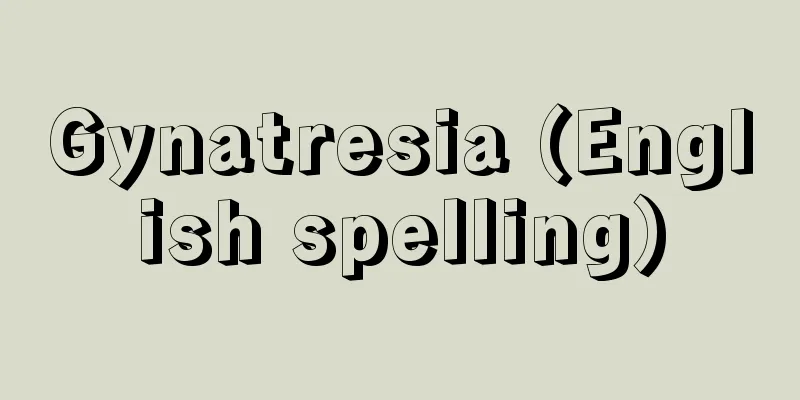Consumption function

|
The functional relationship between consumption and the factors that determine it. Gross domestic expenditure (GDE), which looks at gross domestic product (GDP) from the expenditure side, consists of four components: consumption, investment, government expenditure, and net exports (exports minus imports). Of these, consumption is the largest component, accounting for nearly 60% of the total. Therefore, when the government seeks to stabilize the economy through aggregate demand management policies, it is important to know in detail what factors determine consumption expenditure, and the consumption function shows this. Factors that determine consumption include income, interest rates, price levels and their rates of increase, but the most basic is income. If income is Y and consumption is C , the consumption function is generally expressed by the following formula. C = f ( Y ) [Toshiyuki Uchijima and Takuo Maeda March 18, 2016] Keynes' consumption function J.M. Keynes proposed the consumption function C = cY + b , 0 < c < 1, b > 0, which can be expressed as a linear equation. [Toshiyuki Uchijima and Takuo Maeda March 18, 2016] Consumption function debate One of the major achievements in economics research after the Second World War was the debate on consumption functions. The trigger for this debate was S.S. Kuznets' study on the propensity to consume in 1937. Based on data from the United States from 1869 to 1938, Kuznets found that in such a long period of time, the relationship between consumption and income is C ≒ 0.9 Y [Toshiyuki Uchijima and Takuo Maeda March 18, 2016] "The Consumption Function" by Shinohara Miyohei (1958, Keiso Shobo)" ▽ "An Economic Theory of Consumption" by M. Friedman, translated by Miyagawa Kimio and Imai Kenichi (1960, Ganshodo)" ▽ "The Theory of Income, Savings, and Consumer Behavior" by J.S. Duesenberry, translated by Okuma Ichiro (1964, Ganshodo)" ▽ "Introduction to Macroeconomics" by Nakatani Iwao (1981, Nippon Hyoronsha)" [References] | | | | | | |©Shogakukan "> Keynesian consumption function Source: Shogakukan Encyclopedia Nipponica About Encyclopedia Nipponica Information | Legend |
|
消費量とそれを決定する要因との間に存在する関数関係のこと。国内総生産(GDP:gross domestic product)を支出面からみた国内総支出(GDE:gross domestic expenditure)は、消費、投資、政府支出、純輸出(輸出マイナス輸入)の四つからなっている。そのなかの最大の構成要素が消費であり、全体のほぼ6割近くを占めている。したがって、政府が総需要管理政策によって経済の安定化を図る場合には、消費支出がどのような要因により決定されるかを詳しく知ることが重要となるが、それを示すのが消費関数である。消費の決定要素としては、所得、利子率、物価水準およびその上昇率などがあげられるが、もっとも基本的なものは所得である。いま所得をY、消費をCとすると、一般的には消費関数は、次の式で示される。 C=f(Y) [内島敏之・前田拓生 2016年3月18日] ケインズの消費関数J・M・ケインズは、一次式で示される消費関数 [内島敏之・前田拓生 2016年3月18日] 消費関数論争第二次世界大戦後の経済学研究における大きな成果の一つが消費関数論争である。この論争のきっかけは、S・S・クズネッツの1937年の消費性向の研究である。クズネッツは、アメリカの1869年から1938年にかけてのデータをもとに、このような長期においては、消費と所得との間には [内島敏之・前田拓生 2016年3月18日] 『篠原三代平著『消費函数』(1958・勁草書房)』▽『M・フリードマン著、宮川公男・今井賢一訳『消費の経済理論』(1960・巌松堂)』▽『J・S・デューゼンベリー著、大熊一郎訳『所得・貯蓄・消費者行為の理論』(1964・巌松堂)』▽『中谷巌著『入門マクロ経済学』(1981・日本評論社)』 [参照項目] | | | | | | |©Shogakukan"> ケインズ型消費関数 出典 小学館 日本大百科全書(ニッポニカ)日本大百科全書(ニッポニカ)について 情報 | 凡例 |
<<: Consumer goods - shohizai (English spelling) consumption goods
>>: Consumption and household statistics
Recommend
Celebration - Hafuri
〘Noun〙 (A noun derived from the conjunctive form o...
Salvia horminum (English spelling) Salviahorminum
… [Eiichi Asayama]. … *Some of the terminology th...
Rus' (English spelling)
The ancient name of Russia. Originally it was the ...
Mitilini (English spelling)
…It is the third largest island in Greece after C...
Buying and selling bonds with resale agreements
...Gensaki is a special form of bond trading in w...
Ayanishiki (English spelling) Martensia denticulata Harv.
This annual red algae resembles a reddish purple f...
《The Magnificent Family》
...based on a story by Junpei Gomigawa. As a mast...
Principle of Trust - Shinrai no Gensoku
This is a legal principle that states that an acto...
Cham (person's name) (English spelling) Cham
…It ran from 1832 to 1893. It was published by th...
Malik, YA (English spelling)
...However, as Japan's defeat became decisive...
Collective Relics - Collective Relics
...We must be careful in taking the presence or a...
Orikuchi studies
…As a poet, he went by the name Shaku Chuoku. Shi...
Dobogoen - Dobogoen
[1] A collection of haiku and Chinese poetry and p...
Inverse cotangent function
…Similarly, the inverse function of the cosine fu...
Wagner, Wolfgang (English spelling) WagnerWolfgang
...German composer. His librettos for music drama...









